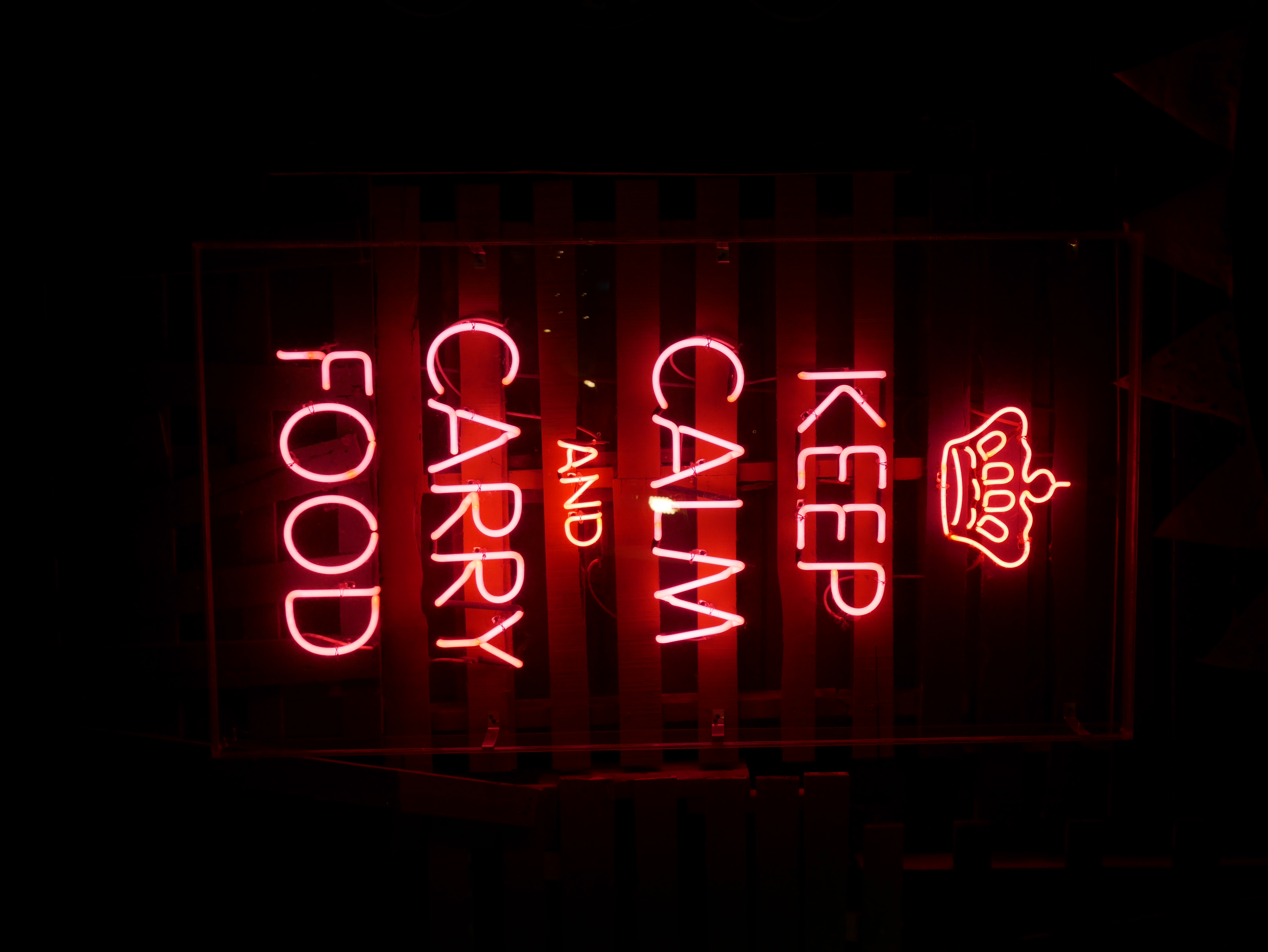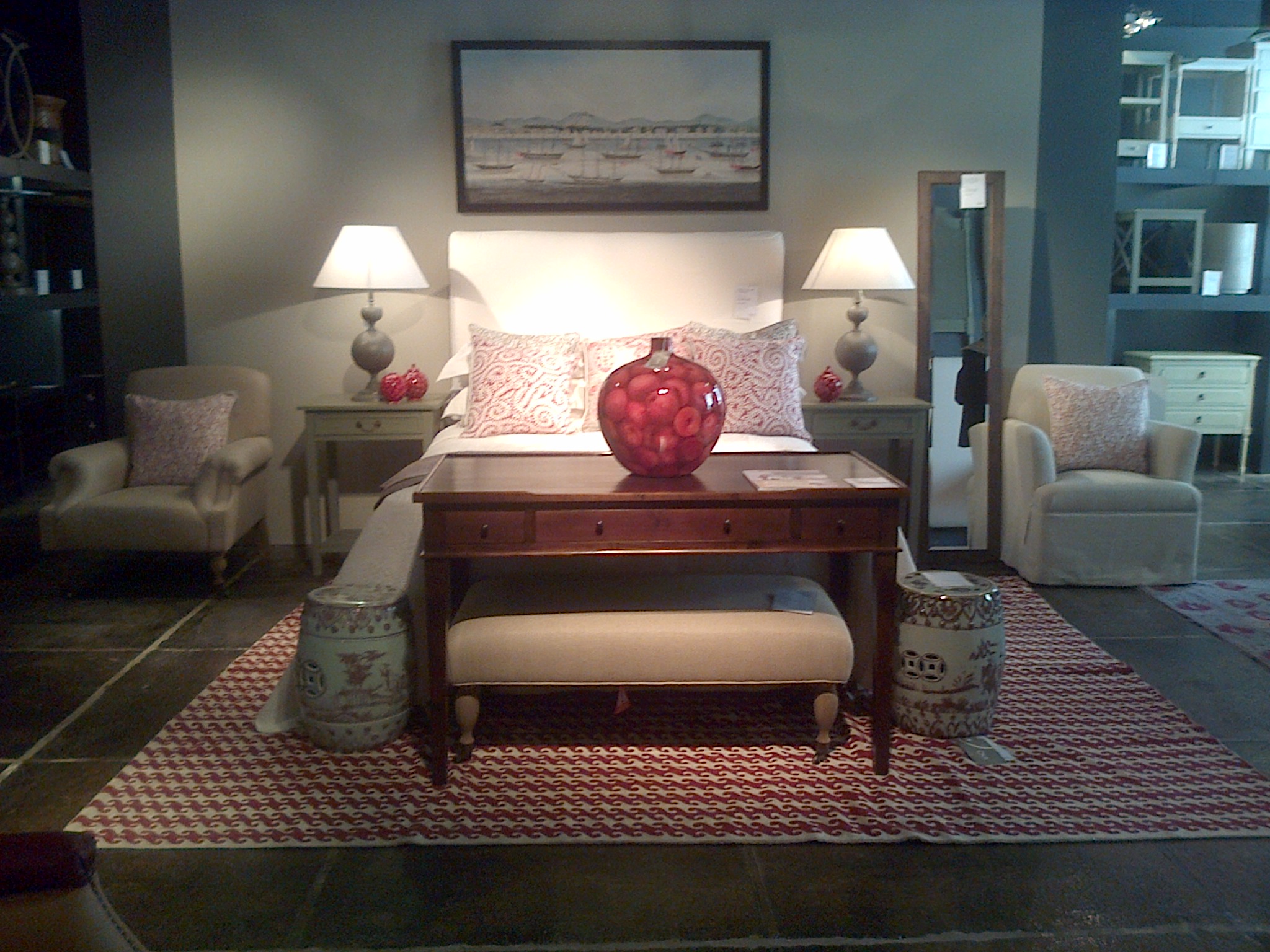
EXCLUSIVE: “Is Off-Site the Future of Construction?” RIBA CPD Seminar Thur 18 Oct 2018
“Our building methods today must be industrialised.” – Mies van der Rohe (1924).
It is now almost a hundred years since the Miesian quote but the building industry has not been modernising quickly, at least not quickly enough, considering the advances of life-changing and revolutionary business technology which have appeared in the last few years only (smart phones, social media, Air B and B, Uber etc). The global construction market is set to be worth £15 trillion by 2025.

I attended this intense seminar on a beautiful sunny Thursday, run by Markus Seifermann on the 6th floor at 66 Portland Place last week. It was sponsored by Wernick Buildings, a family business dating from 1934 with currently 700 employees and based in South Wales. The demand for homes, skills shortages in the building industry and environmental considerations made offsite construction a hot topic again so this seminar was very well-timed.

“In the midst of chaos, there is also opportunity”
―
Revolutionising UK construction through off-site methods could create a major export market for an outward facing UK economy since we are now looking to forge a strong post-Brexit economy.
Pros:
There are many over-iterated benefits (large productivity, economic, social and environmental) of offsite construction but I will repeat them again here, parrot fashion, for those who are unaware:
• Faster and more reliable delivery: 30% faster with 25% lower costs for new homes;
• Reduced costs and increased quality: due to more standardised and simplified processes and increased level and consistency of quality (50% less “snagging” and reduced whole-life costs from air tightness and increased life span, for example);
• Higher workplace safety: through reduced need to work at height, scaffolding and production line environment; and




• Reduced wastage and environmental impact:
just half the waste.
The market for off-site is still dominated by education sector (60%) Examples: Wernick’s 3-storey block University of Birmingham office (installed in just 12 weeks). “Specific” the Swansea Active Office, called positive energy office as its EPC is in the negative. It was made in 3 weeks and installed in 2 days.
They are OK for UK standards. BUT:
Top 7 really attractive one-off global case studies include:
1/ Cloud Cuckoo House 2016 in Black Forest, Germany by Markus Seifermann (the seminar leader himself) of uber-raum.
2/ House of Dior in Seoul by Christian Portzamparc. The 3D curved design meant that it could not be built on site due to health and safety and scaffolding issues.
3/ Heydar Aliyev Centre in Azerbaijan by Zaha Hadid (made in Turkey, assembled in Azerbaijan)
4/ ICD/ITKE Research Pavilion in University of Stuttgart (Institute for Computational Design and Construction) – there are different ones every two years
5/ Reflection of Mineral, Tokyo by Yasuhiro Yamashita, an award-winning 480-square foot home of extreme cuteness.
6/ Mini sky city in Hunan province, a 57-storey, modern skyscraper in just 19 days (4 months to manufacture off-site)
7/ Carmel Place, micro-apartments in New York, completely modular complete apartments craned and bolted into place.
BTW 5/,6/ and 7/ are my examples and were not in the seminar.
What about the bad rep?
The bad rep came from the prefab house of post-WWII. If you mention off-site and modular, this is what it means to the layperson. Cheap, shoddy carbon copy construction of identical shoeboxes due to the economic times then.
This is what makes it very hard to change the British public’s view of off-site construction and it is the elephant in the room, the thing that has stopped pretty much all innovative development and instead reverted us to iron age and Victorian systems of traditional construction.
How do we change this perception?
Through legislation, education, promoting innovative materials and design. Don’t use brick in design. If you do, then you must mix it in with other materials so that it is not all traditional in construction. Create strong sense of quality and branding in design so that, like in Austria, Switzerland, Scandinavia and Japan, off-site becomes not a luxury or esoteric item but an accepted, conventional and everyday way of building.
Cons:
We know the pros. During the brainstorming workshopping session, the discussion in small groups of architects brought up the same issues and challenges we face:
- Road closure and craning. Some roads in dense or urban areas cannot be closed easily due to traffic flow. OK yes we are talking about London or in other places, very small roads for example.
- Early decision required from client. We know they change their minds all the time.
- Budget of 90% to be paid upfront. Therefore financing, insurance and funding problems. For example, Water Siegel house can only be bought by cash buyer. Most traditional banks are still bricks and mortar biased and have not got around to financing or mortgaging off-site construction.
- Very few contractors or skilled labour available.
- Fear of change, of philistinism, technological takeover via BIM, production of digital twins, loss of jobs i.e. bricklaying, loss of skills eg dying art of roof thatching, aboriginal singing and instrument techniques; glass engraving; Hoysala stone carving; Japanese NETSUKE carving; outdated farming techniques; etc. But maybe some art can die, have died and should die as the art in “The Art of War- 孫子兵法”. Culturally, socially and economically, transitions are shifting. Already in China an entire building has been 3-D printed by robots. But to me, and I write as an architect, writer, musician, sewcialist: robots are no more threatening to a bricklayer than escalators to stairs, real books to ebooks, synthesizers to musical instruments. There will always be a need for the human eye, fingers and mind to create a work of art.
Reading list:
RIBA Plan of Work 2013 “Designing for Manufacture and Assembly”
Modernise or Die – Farmer Review 2016
Design in Modular Construction by Mark Lawson (2014)
Offsite Architecture: Constructing the Future (2017)
As usual all comments and feedback are welcome. I would love to hear from you.
Ivy Ngeow is a London architect with her own boutique small practice and specialises in innovative, sustainable, cultural and diverse design, upcycling, repurposing, reusing and recycling materials, industrial residential. She is an award-winning author of two crime novels, Cry of the Flying Rhino (2016) and Heart of Glass (2017).



